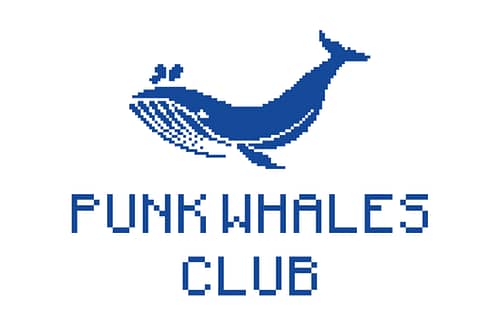Non-fungible tokens have taken over the world and have skyrocketed in value since their rise in 2021. NFTs allow you to turn everything you want, from pictures to memes and random tweets, into a unique digital asset.
OpenSea, the biggest marketplace for NFTs, is worth more than $13 billion, and Beeple (Mike Winkelmann) has become the third wealthiest living artist. Meanwhile, Cryptopunks, one of the most successful NFT collections, which has more than 10 000 unique artworks, has just surpassed $1 billion in revenue since its release five years ago.
In many cases, the release of new NFT collections or the plunge of previous collections into the mainstream comes with a rise of value in the millions, which has been seen as a very lucrative opportunity by creators, organizations, and auction houses.
2021 was a year of crazy speculations and many problems within the NFT community, ranging from copyright infringement to outright scams where people lose their money by anonymous creators who run away.
2022 is expected to see a steady increase in the value of NFTs but with much more opportunities to tackle the structural issues that haunt the community through regulations in the marketplace, the use of technology, and cooperation between creators and platforms.
NFTs are a way for you to earn cash and a way for people to artistically express themselves and find a sense of meaning and community in a very chaotic world. At first glance, the many quirky digital avatars of apes, cats, dogs, penguins, and other creatures may seem bizarre, but they all display the intrinsic need of people to express themselves as distinct from others.
NFTs are set to shake and change traditional art institutions. Auction houses are already pressured to consider selling NFTs and artists as Damien Hirst has already taken the spotlight with new projects set to be launched there. Damien’s upcoming project for which crypto and art enthusiasts are hyped about is called “The Currency.”
Art is about beauty, but to many, it is also about capturing a moment forever, which is why many art museums have taken steps towards creating digital museums to preserve pieces. The role of NFTs here will be vital.
The future looks bright for artists who will receive a constant flow of revenue from the sale of NFT royalties. The royalties are typically around 10-15 percent, which is not only a steady income for an artist, but it serves as a way to deal with the traditional role of dealers.
Although artists may face some obstacles due to the unregulated nature of NFT marketplaces, strong collective action by creators and accountability by the leaders of NFT platforms can lead to the desired result that will benefit all parties.






